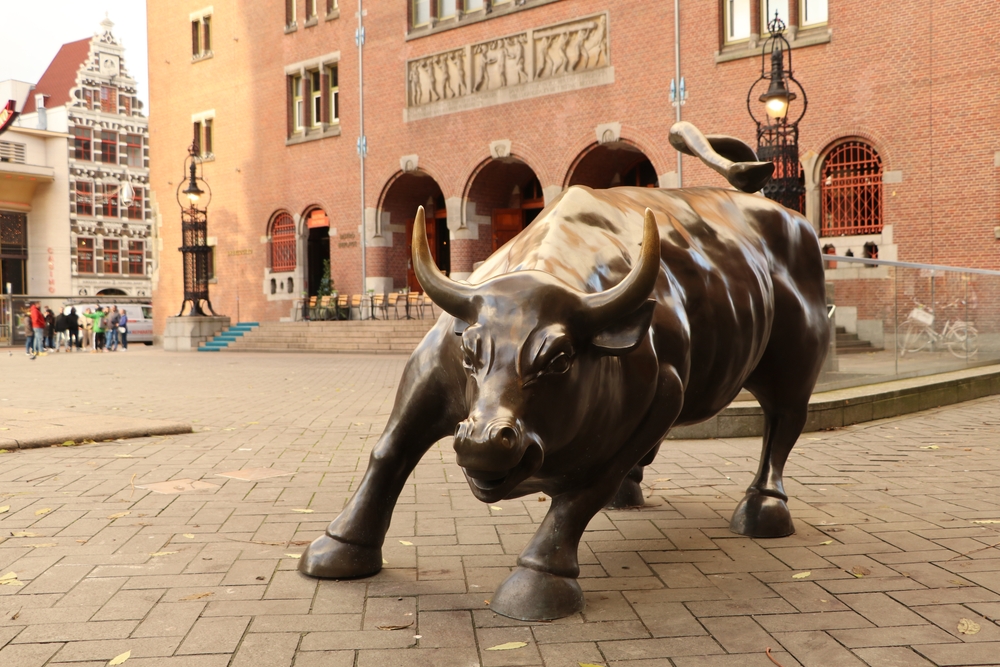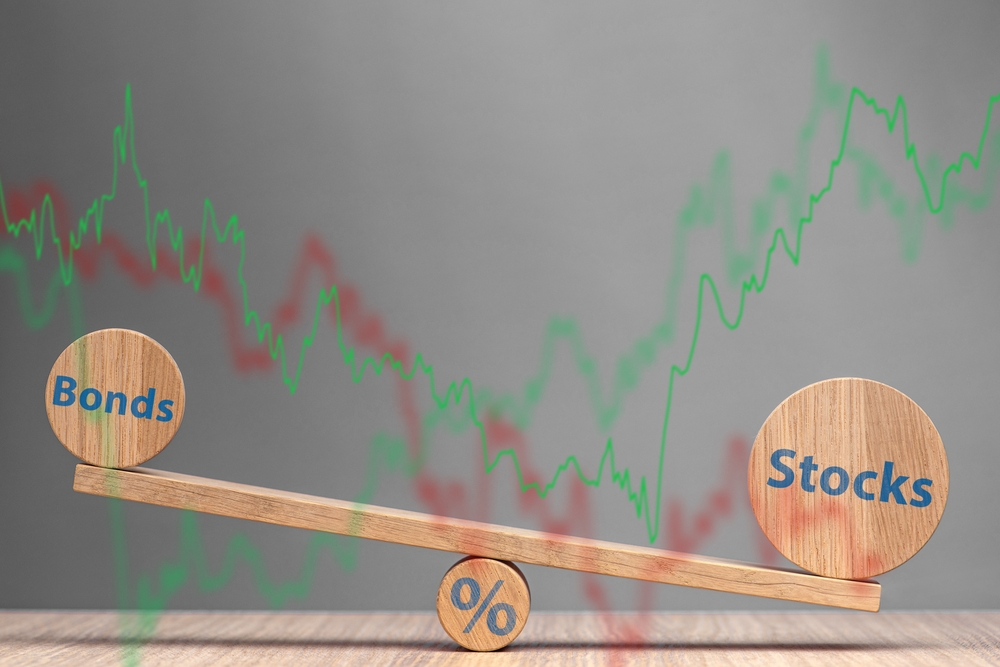
Europe is not only the cradle of culture and history but also a place where significant investment decisions are made. If you're considering where to direct your capital within the Old Continent, this overview will open the door to the world of European stock exchanges and the opportunities they offer.
What Makes Each Exchange Unique?
Stock exchanges are more than just places where stocks and bonds are traded. They are dynamic markets that allow investors and companies to interact, creating a strong foundation for the economy. Each exchange has its specific characteristics that can impact investment returns. These differences include regulations, types of listed companies, or the sectoral focus of individual exchanges. To become a successful trader, it is essential to understand these nuances.
Leaders of the European Markets
European stock exchanges offer a broad spectrum of options tailored to various investment approaches. Among the most significant is Euronext[1] — a conglomerate that connects the markets of Paris, Amsterdam, Brussels, Lisbon, and Dublin. Thanks to this integration, it offers access to diverse sectors ranging from technology to financial services. Major names like L’Oréal, Airbus, and AXA are listed here. The London Stock Exchange (LSE)[2] also plays a crucial role, ranking among the most liquid stock exchanges in Europe. With its global reach, it attracts investors and traders from all over the world. It features stocks of major companies such as HSBC, Unilever, and BP.
Other Key Players on the Scene
There are several other significant stock exchanges in Europe that offer various investment opportunities. Notably, Deutsche Börse[3] in Germany is known for its dominant trading platform Xetra, which provides access to more than 2,400 listed ETFs and ranks among the continent’s most important trading systems[4]. The exchange is home to top companies like Siemens, SAP, and Allianz. On the other hand, SIX Swiss Exchange[5] in Switzerland focuses on conservative and stable firms such as Nestlé, Novartis, and Roche, with a strong emphasis on the pharmaceutical and financial sectors. This exchange is a great choice for those who prefer secure and growing industries. Borsa Italiana[6] in Milan is ideal for those seeking alternatives in the luxury sector, as prestigious brands like Ferrari and Moncler are listed here. Smaller exchanges like the Vienna Stock Exchange[7], the Bratislava Stock Exchange[8], and the Prague Stock Exchange[9] offer interesting alternatives for those looking to invest in specific regional markets with high growth potential.
How to Invest in Europe?
Investing in stock exchanges across the Old Continent is easier today than ever before. Many online brokers provide access to most European markets. When choosing a platform, it's important to consider fees, the ability to trade in different currencies, and trading hours, which may vary by country. For those seeking a more convenient investment route, ETFs like iShares MSCI Europe or Vanguard FTSE Europe are excellent alternatives. These funds allow capital to be diversified across a wide range of European investment areas without the need to select individual stocks.
Risks and Challenges
Although European stock exchanges appear attractive, they also face several challenges that can affect their performance. Geopolitical risks, such as the ongoing war in Ukraine, have significantly shaken investor and trader confidence, increasing volatility, especially in the energy and industrial sectors. Moreover, global trade tensions have intensified again due to protectionist measures by the U.S., where President Donald Trump introduced tariffs on several world powers, including the European Union. These actions triggered a series of countermeasures and sparked a trade war that pushed capital markets into the red. Added to this are regulatory differences between European countries, which can complicate entry into individual exchanges, and exchange rate risk, which is particularly relevant for investors from outside the eurozone.
Europe Under the Microscope
European stock exchanges offer a wide range of investment opportunities for different types of investors and traders. Beginners looking for diversification and stability should focus on Euronext or the London Stock Exchange, which provide a broad variety of options. Experienced players seeking specific sectors like pharmaceuticals or technology should look at SIX Swiss Exchange or Deutsche Börse. Regardless of your level of experience, it is important to keep educating yourself, follow developments in regional economies, and adapt your investment strategy to current geopolitical and economic challenges.
[1] https://www.euronext.com/fr/markets/paris
[2] https://www.londonstockexchange.com/
[3] https://www.deutsche-boerse.com/dbg-de/
[4] https://www.deutsche-boerse.com/dbg-de/media/news-stories/media-releases/25-Jahre-ETFs-in-Europa-Umfangreiches-Ma-nahmenpaket-zur-F-rderung-des-ETF-Handels-auf-Xetra-4398506
[5] https://www.six-group.com/en/products-services/the-swiss-stock-exchange.html
[6] https://www.borsaitaliana.it/homepage/homepage.htm

He has been trading in the capital markets since 2002, when he started as a commodity Futures trader. Gradually he shifted his focus to equity markets, where he worked for many years with securities traders in Slovakia and the Czech Republic. He also has trading experience in markets focused on leveraged products such as Forex and CFDs, and his current new challenge is cryptocurrency trading.


